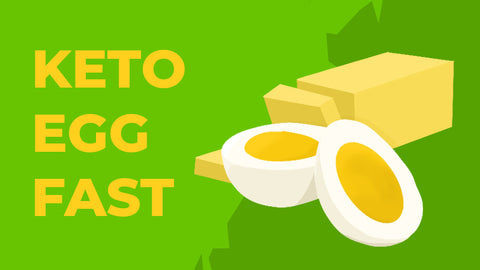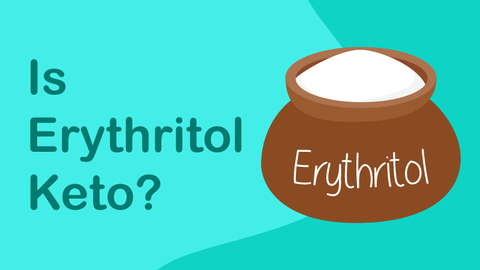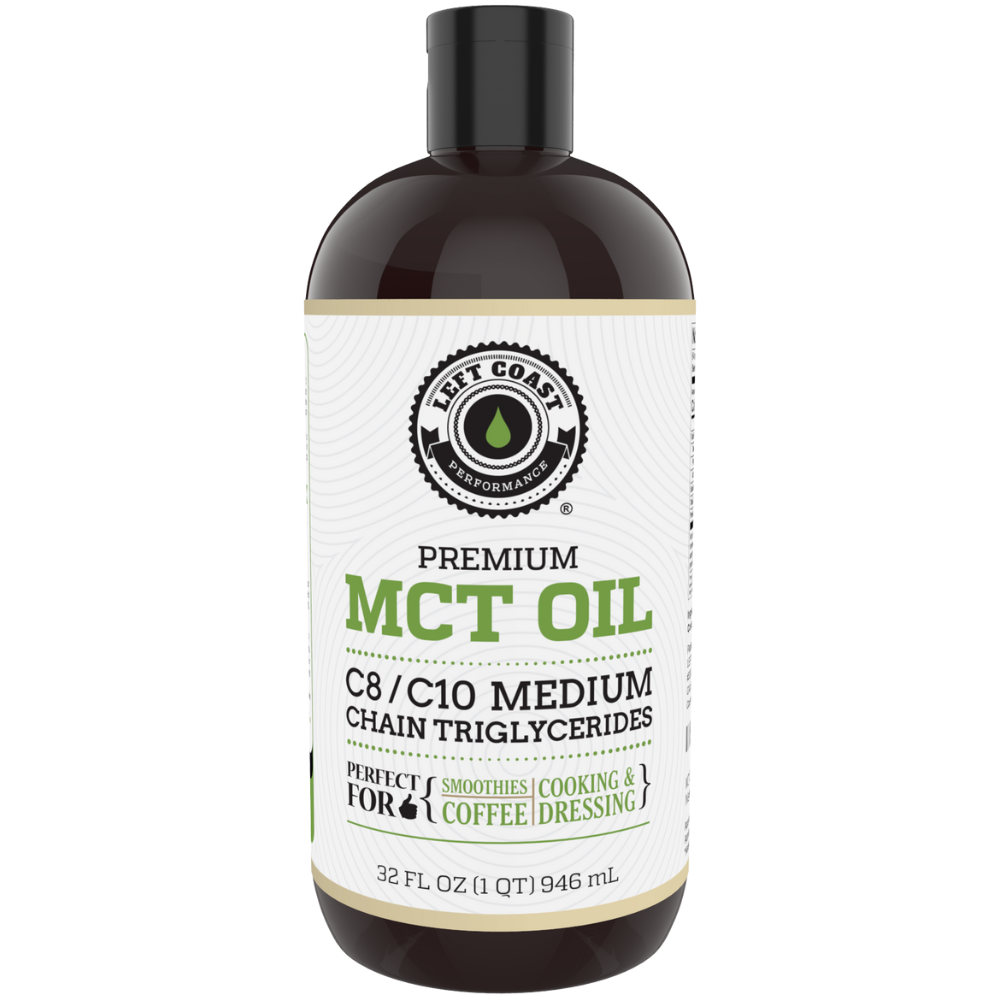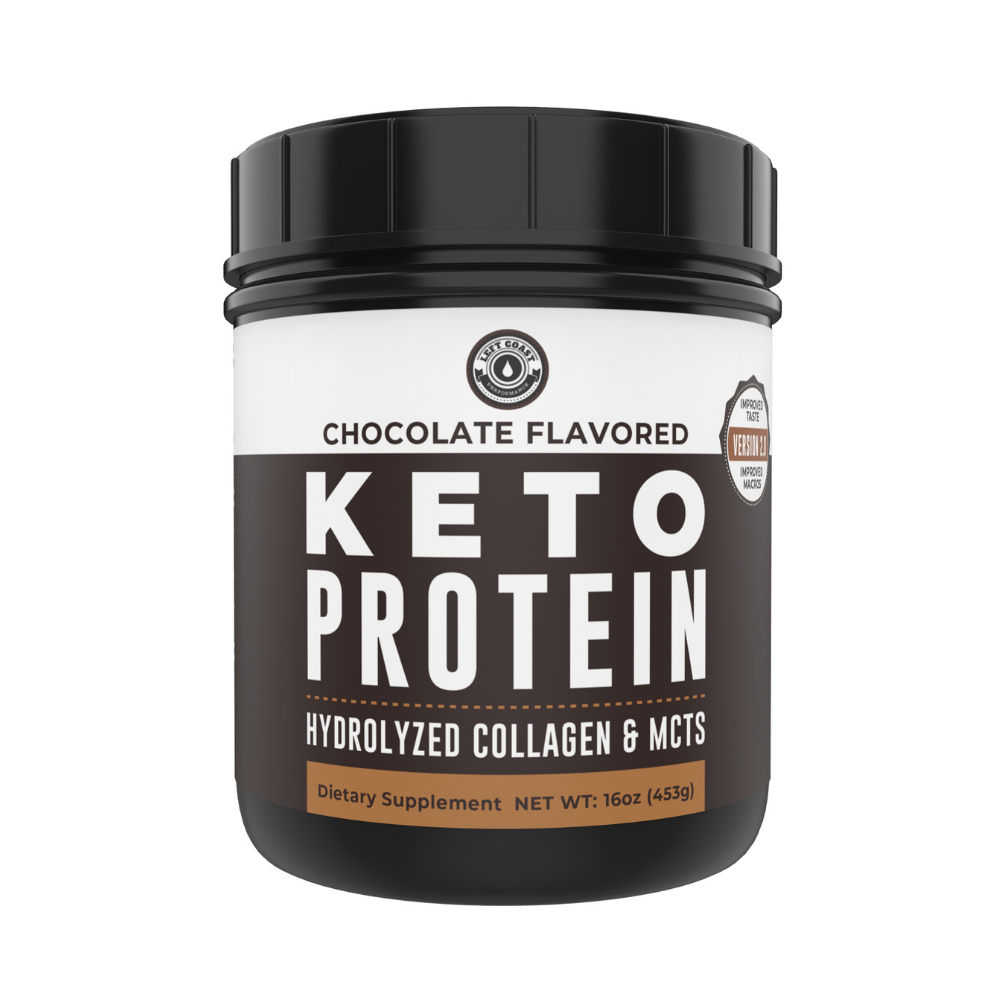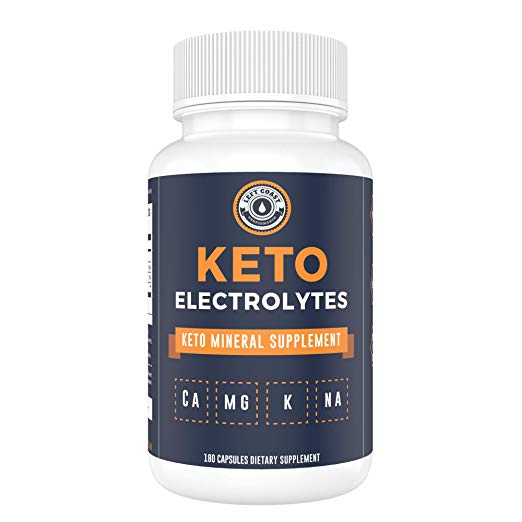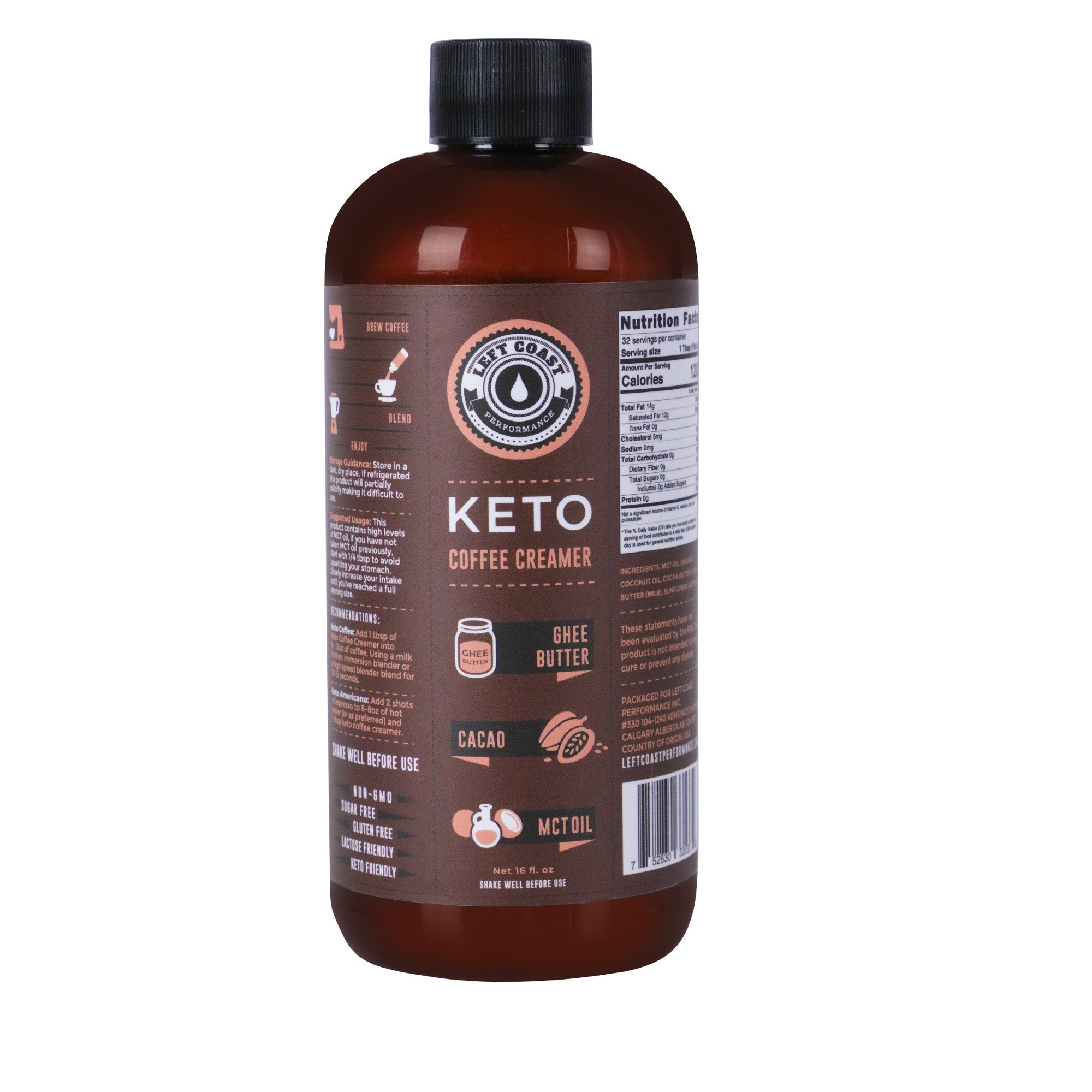Keto Diet Food Pyramid
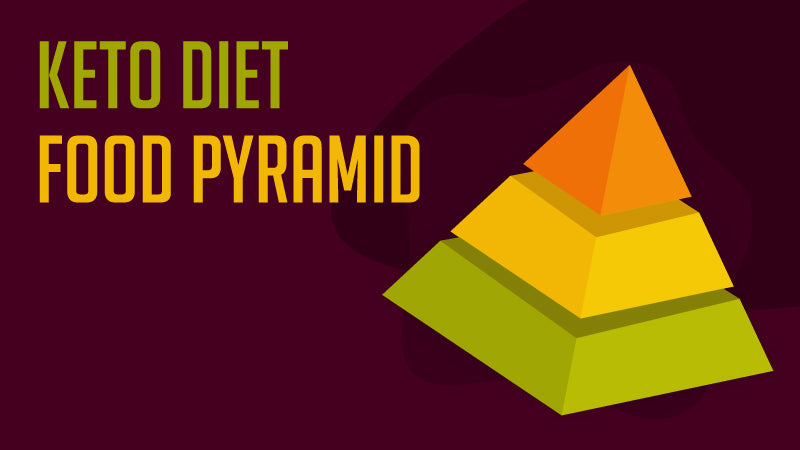
on September 11, 2019
In grade school, you likely learned about healthy eating with the food pyramid. The US Food Pyramid, modeled after the original Swedish pyramid, was developed by the United States Department of Agriculture (USDA) in 1992 to help people better visualize a healthy diet. The pyramid was changed to “My Plate” in 2011.
If there was an official keto diet food pyramid, what would it look like?
How a Food Pyramid Works
The food pyramid is a visual representation of how much of each food group to eat in proportion to other foods. Those at the bottom of the pyramid are those you should eat the most often. The ones at the top are the foods you should eat less often.
The keto diet food pyramid is the exact opposite of the 1992 USDA food pyramid. The USDA had grains, fruit, and vegetables closest to the bottom, meaning they should be the basis of your diet. Meat, dairy, and fats and oils were located at the top, indicating they should be eaten less often.
The keto pyramid places the fats and oils at the bottom as they are the primary calorie source for the diet. The fats are followed by meat and non-starchy vegetables. The smallest sections are the nuts and fruit. You will not see any grains on the keto pyramid.
The keto food pyramid is designed to make it easier to know what to shop (or refer to our PDF Keto food list) for and hit the macronutrient goals for those following a keto diet. The optimal macronutrient distribution for keto is:
- Fat: 70-80% of calories
- Protein: 20-25% of calories
- Carbohydrates: 5-10% of calories

Fats and Oils
The majority of the calories on the keto diet come from fats and oils. This can include the fat that is in food, like in meat or dairy products and also any fats you add to your food, like oils.
The quality of the fat matters. Certain types of fats, particularly processed plant oils high in omega-6, are inflammatory and could impact your weight loss efforts. Therefore, it is best to stick with healthier fat sources while on keto.
The best fats and oils for the keto diet include:
- Coconut oil
- MCT oil
- Olive oil
- Ghee
- Grass-fed butter
- Flax and flaxseed oil
- Avocados and avocado oil
- Sesame seeds and sesame oil
- Fish oil
- Chia seeds
- Pumpkin seeds
Sticking with these high quality fats for cooking, eating, or drizzling over your food will ensure that you get the most benefits out of eating a keto diet and are easily able to reach your goals.
High Quality Meats
The next level on the keto pyramid are high quality meat and non-starchy vegetables. Meat is a source of both protein and fat. Eating enough protein on keto is just as important eating fat. Protein helps you feel full, so you can tap into that appetite-suppressing effect of following a keto diet.
Here are your best high quality meat choices for keto:
- Wild-caught fatty fish, like salmon and mackerel
- Shellfish: crab, shrimp, oysters, lobster, scallops
- Chicken
- Turkey
- Grass-fed beef
- Eggs
- Bison
- Veal
- Lamb
- Organ meats
- Sugar-free bacon and deli meats
- Keto protein powder
Quality is very important when choosing your protein source. When possible, opt for meat that is organic as well as hormone and antibiotic free. Grass-fed or pasture raised is always the best option.
Vegetables
Vegetables are an important source of fiber, vitamins, and minerals for every diet. But, there are certain vegetables that are limited or avoided on a keto diet due to their carbohydrate content. A good rule of thumb is that vegetables that grow underground are usually higher in carbs compared to those that grow above ground.
Starchy vegetables should be limited or avoided. These include:
- Peas
- Corn
- Potatoes
- Yams
- Parsnip
- Carrots
- Beets
- Winter squash, like pumpkin
These vegetables may be too high in carbohydrates for those following a keto diet. But, depending on your individual calorie and carbohydrate needs you may be able to fit in a small serving.
The non-starchy vegetables are definitely part of the keto food pyramid. These include:
- Green leafy vegetables, like spinach, kale, broccoli
- Mushrooms
- Cauliflower
- Zucchini and yellow squash
- Onions
- Bell peppers
- Tomatoes
- Garlic
- Green beans
- Cucumbers
- Asparagus
- Olives
These are high in fiber and low in carbohydrates. This means they have fewer net carbs making them a highly nutritious addition to you keto diet.
Dairy
Not all dairy products have the same carb content. Some types of dairy, like milk and yogurt can be quite high in carbohydrates. A cup of whole milk has about 12 grams of carbs.
Although dairy products can be low in carbs, they are not something you want to load up on while on keto. Cheese is high in fat and protein, but low in carbs. The problem with cheese is that it is easy to overeat. If you are eating cheese all day, you are probably not going to reach your weight loss goals while following keto because calories do count.
Dairy foods that can be included on a keto diet:
- Butter
- Heavy cream
- Full-fat sour cream
- Cheese (both hard and soft)
Nuts
The two sections of the keto food pyramid that are the smallest are the nuts and fruit. Nuts are high in fat and fiber, which is great for those following a keto diet. But, also contain carbs and certain nuts are higher in carbs than others. Therefore, you need to watch your portions if you are eating nuts, and choose wisely which nuts you eat.
Here are a few popular nuts listed in order from lowest to highest carbohydrate count:
- Pecans
- Brazil
- Macadamia
- Walnuts
- Hazelnuts
- Pine nuts
- Almonds
- Peanuts
- PIstachios
- Cashews
- Chestnuts
Stick with those towards the top of the list for the lowest carbohydrates.
Nut butters can be used in small quantities, but just two tablespoons may contain 6 to 10 grams of carbs or may have added sugar. This makes it difficult to eat nut butters in large quantities while on keto.
Fruit
Fruit on the keto pyramid would take the place of the “sugar and oils” at the top of the USDA pyramid. Meaning they can be consumed occasionally and in small quantities.
The best fruits to eat on keto are berries. They are loaded with nutrients and antioxidants. They are also a good source of fiber and therefore low in net carbs. The best berries to eat on keto are:
- Strawberries
- Raspberries
- Blackberries
- Blueberries
Lemons and limes can also be added to food for flavor, although you probably aren’t eating them as a snack.
Tropical fruits like mango, pineapple, and bananas should be avoided due to the sugar content. Other fruits like peaches, oranges, or melons are lower in carbs and can be eaten in small quantities, depending on your goals and carbohydrate tolerance.
Putting it All Together with the Keto Food Pyramid
The food pyramid is just a visual way of representing where the majority of your calories should come from. It is important to remember it is not a one-size fits all approach. Even the USDA pyramid had very large ranges for the suggested number of servings of any food group to be consumed per day. The same principles apply for the keto food pyramid - it should be modified to meet your own individual nutrient needs and goals.



